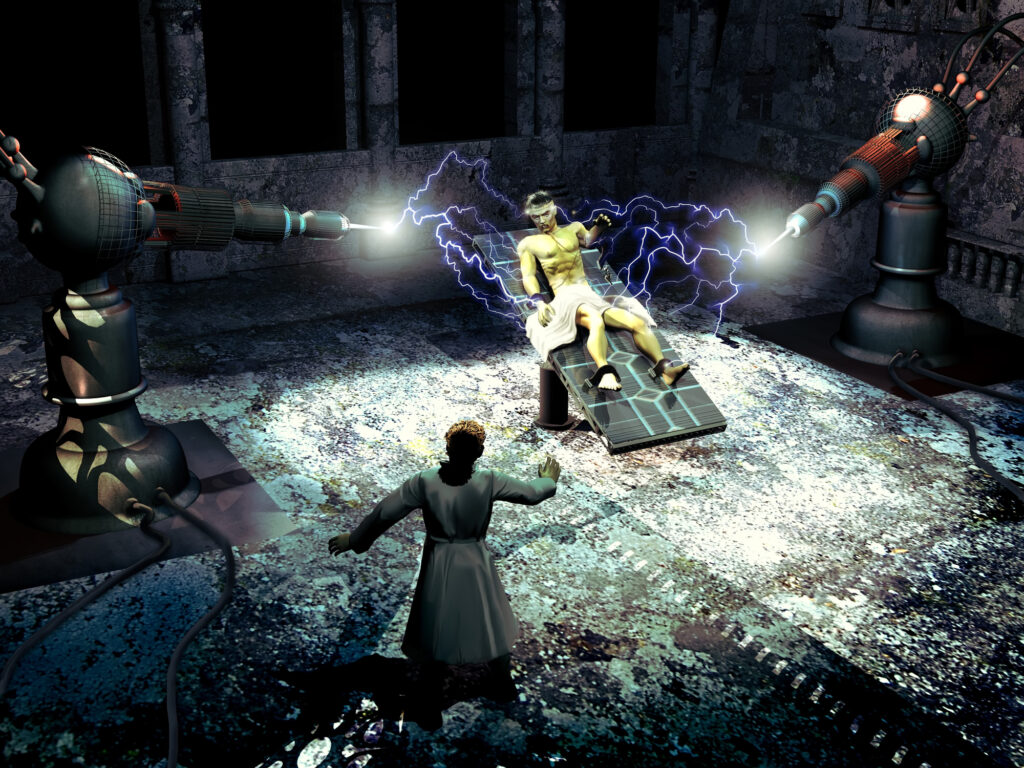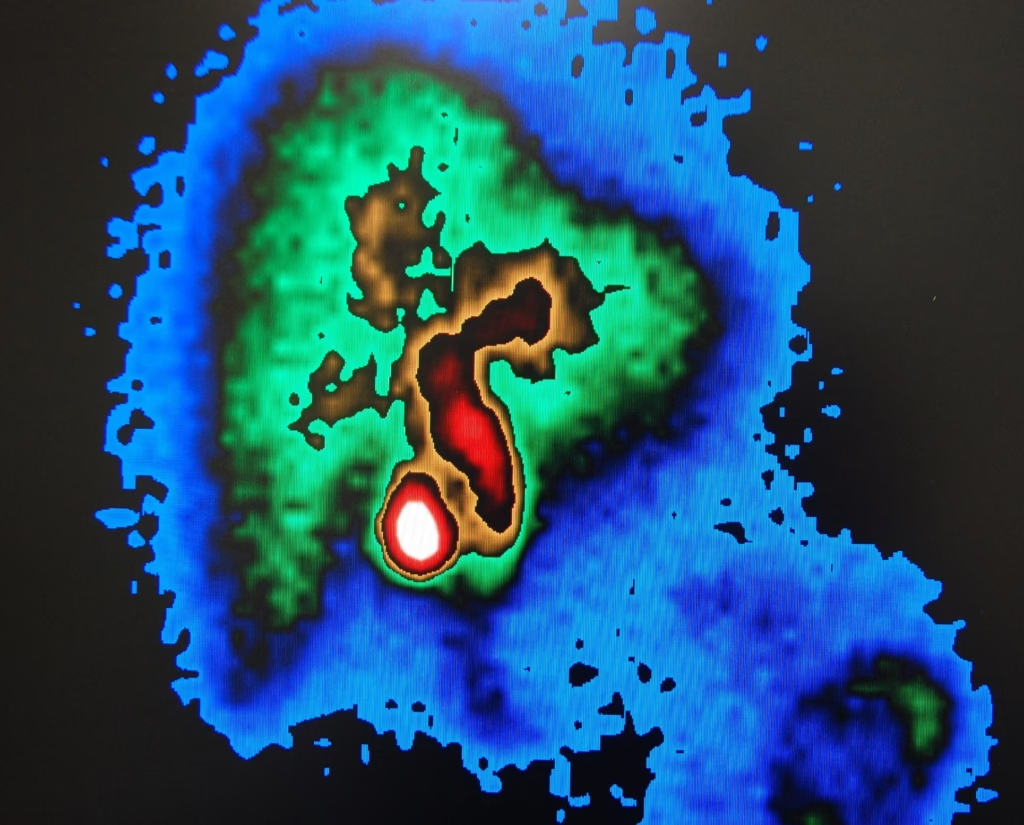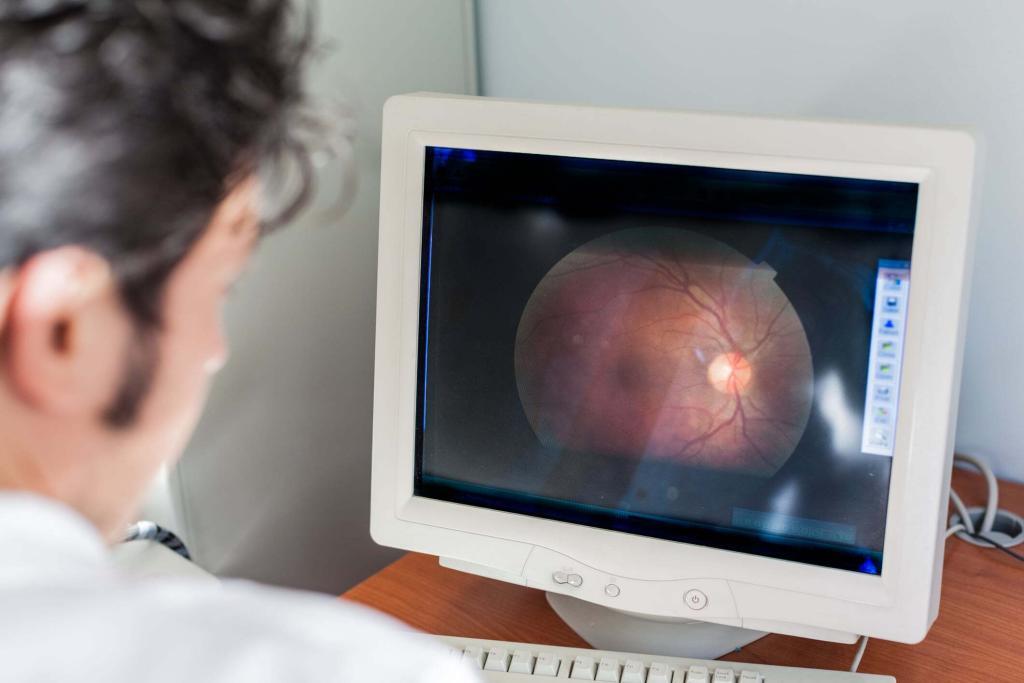Anaesthesia and antiseptics transformed surgery in the 19th century. Scientific advancements, war, and innovation led to modern techniques.
The Impact of Scientific Discoveries on 19th Century Surgery
The history of modern surgery can be traced back to the 19th century when anaesthesia was first introduced to the field of surgery to perform operations without pain.
During the last two hundred years, advances in antiseptic and aseptic techniques were developed, significantly reducing the risk of infection during surgery. This led to a rapid expansion of surgical procedures, with surgeons able to operate on a broader range of patients and conditions.
In the 20th century, the development of antibiotics further reduced the risk of infections during surgery and allowed more complex procedures. In addition, the introduction of blood transfusions, intravenous fluids, and other supportive measures also improved patient outcomes and reduced mortality rates. Furthermore, the development of new technologies and surgical techniques revolutionised the field of surgery. The use of lasers, laparoscopic surgery, and robotic surgery allowed for more precise and minimally invasive procedures, reducing the trauma to the patient and promoting faster recovery.
Microsurgery, laparoscopy, and robotics are recent advances
The key features of modern surgery include:
Minimally invasive surgery (MIS) is a less invasive technique than traditional open surgery. For example, laparoscopic surgery involves making small incisions in the abdomen and inserting a thin tube with a camera and light to visualise the surgical site. Surgical instruments are then inserted through other small incisions to perform the surgery.
Furthermore, endoscopic surgery, or minimally invasive surgery, is a surgical technique that uses a small camera and specialised instruments to perform procedures through small incisions or natural orifices.
The following are types of endoscopic surgery:
- Laparoscopy operates inside the abdominal cavity and is used for gallbladder removal, appendectomy, and hernia repair.
- Arthroscopy investigates joints such as the knee, shoulder, and ankle. In addition, it is used to diagnose and treat conditions such as torn ligaments, cartilage damage, and arthritis.
- Hysteroscopy is used to operate on the uterus and to diagnose and treat fibroids, polyps, and abnormal bleeding.
- Bronchoscopy is used on the lungs to diagnose and treat lung cancer, infections, and blockages.
- Endoscopic sinus surgery is performed on the sinuses to treat conditions such as chronic sinusitis, nasal polyps, and sinus blockages.
The advantage of endoscopic surgery is often associated with less pain, smaller incisions, faster recovery, and fewer complications than traditional open surgery.
Laparoscopic Surgery Goes High-Tech with Robotic Arms
However, laparoscopic surgery uses robotic arms that a surgeon can control from a console to produce 3-D images of the surgical site.
Several robotic surgical systems are available on the market, each with unique features and capabilities. These known robotic surgical systems include:
- The da Vinci Surgical System is designed for minimally invasive surgery and is used in urologic and gynecologic procedures.
- The Mako system is used for joint replacement surgeries and utilises a robotic arm to help the surgeon perform more accurate and precise implant placement.
- The Robotic Surgical Assistant (ROSA) system is used in neurosurgery and can assist surgeons in performing complex brain and spinal surgeries.
- The Senhance system is designed for laparoscopic surgeries and uses robotic arms to assist with surgical procedures.
- The Versius system is a relatively new robotic surgical system designed for various laparoscopic procedures. It features a modular design allowing greater flexibility and ease of use.
Arthroscopic Surgery: The Role of Imaging and Visualisation
Arthroscopic surgery is a minimally invasive endoscopic surgery performed on joints like the knee, shoulder, hip, wrist, ankle, and elbow. It is used to diagnose and treat various joint conditions, including torn ligaments, cartilage damage, and arthritis.
During arthroscopic surgery, a small camera called an arthroscope is inserted into the joint through a small incision. The arthroscope provides a clear view of the joint, allowing the surgeon to visualise any damage or abnormalities. Specialised instruments are then used to make repairs or remove damaged tissue.
Arthroscopic surgery is less invasive than conventional open surgery, typically resulting in less pain and discomfort for the patient. In addition, since arthroscopic surgery involves smaller incisions, patients generally experience a faster recovery time than traditional open surgery. Because arthroscopic surgery uses smaller incisions, the resulting scars are typically smaller and less noticeable than in conventional open surgery. Arthroscopic surgery allows for greater precision and accuracy in diagnosing and treating joint conditions. Arthroscopic surgery generally treats various joint conditions, including meniscus tears, rotator cuff tears, ACL tears, carpal tunnel syndrome, and tennis elbow.
TORS: A Promising Treatment for Oropharyngeal Cancer
Transoral robotic surgery (TORS) is a minimally invasive surgery performed using a robotic system. This surgical technique involves using a small, flexible robotic arm inserted into the mouth to perform surgery on the throat, mouth, and other head and neck areas. During TORS, the surgeon sits at a console and controls the robotic arm using a computer. In addition, the robotic arm is equipped with small, precision instruments and a camera, which provide a magnified, three-dimensional view of the surgical area. This allows the surgeon to perform complex procedures with greater precision and control than conventional surgical techniques.
TORS often treats head and neck cancer, such as tongue, tonsils, and pharynx tumours. It can also be used to remove benign tumours or to perform reconstructive surgery in the head and neck region.
Benefits of TORS include reduced pain, less scarring, shorter hospital stays, and faster recovery times compared to traditional surgery. However, TORS is unsuitable for all types of surgeries and patients, and discussing the risks and benefits with a qualified healthcare provider is essential.
The Advantages of Minimally Invasive Techniques for Patients and Surgeons
Minimally invasive techniques have many advantages over traditional open surgery, including reduced pain, shorter hospital stays, and faster recovery times. However, they may not be suitable for all patients or all types of surgeries. Therefore, the decision to use minimally invasive techniques depends on the individual patient and their specific medical condition.
Modern surgery also benefits from advanced imaging and visualisation tools like MRI, CT scans, ultrasound, and virtual reality technology. These tools allow surgeons to accurately locate and target the affected area, improving the precision and safety of the surgery.
Advanced imaging and visualisation tools have greatly improved the accuracy and safety of surgical procedures. Some typical imaging and visualisation tools used in surgery include:
- Magnetic Resonance Imaging (MRI) uses a powerful magnetic field and radio waves to create detailed images of the body. MRI is often used to visualise soft tissues, such as the brain and spinal cord, and can help guide surgical planning.
- Computed Tomography (CT) uses X-rays and computer technology to create detailed body images. CT is often used to visualise bones and internal organs and can help guide surgical planning.
- Ultrasound is often used during surgeries to guide needle placement and to visualise organs and blood vessels in real time.
- Endoscopy is a procedure that involves inserting a thin, flexible tube with a camera and light attached to the body. Endoscopy is often used to visualise the digestive, respiratory, and urinary tract and can help diagnose and treat various conditions.
- Virtual reality (VR) technology allows surgeons to visualise the surgical site in a three-dimensional virtual environment. This technology can help surgeons plan complex surgeries and simulate different surgical approaches.
Advanced imaging and visualisation tools have revolutionised the field of surgery, allowing surgeons to perform more accurate and precise procedures with fewer complications. These tools have also improved patient outcomes, reduced hospital stays, and minimised recovery times.
Computer-assisted surgery (CAS) refers to using computer technology to aid in planning, guiding, and performing surgical procedures. CAS is also known as computer-guided surgery, robotic surgery, or surgical navigation.
CAS uses advanced imaging techniques such as CT scans, MRI, and 3D ultrasound to create a virtual 3D model of the patient’s anatomy. This model is then used to plan and simulate different surgical scenarios.
During the surgical procedure, the surgeon uses a computer system to track the position and movement of surgical instruments in real time, allowing for precise and accurate placement of implants, removal of tissue, and other surgical actions. This tracking system can also help the surgeon avoid critical structures and reduce the risk of complications.
CAS can be used in various surgical specialities, including orthopaedics, neurosurgery, ENT (ear, nose, and throat) surgery, and more. Some examples of CAS procedures include spinal fusion, joint replacement, tumour removal, and cranial surgery.
The benefits of CAS include improved surgical accuracy and precision, reduced risk of complications, shorter recovery times, and improved patient outcomes. However, CAS requires specialised training and can be more expensive than traditional surgical methods.
Advanced materials and implants are increasingly used in surgery to improve patient outcomes and reduce the risk of complications. Some examples of advanced materials and implants used in surgery include:
- Titanium implants are strong, lightweight, biocompatible metal that does not harm living tissue. Titanium implants, such as joint replacements and spinal fusion, are commonly used in orthopaedic surgery.
- Bioresorbable materials are materials absorbed by the body over time. These materials, such as screws and plates, are used in surgical implants and can reduce the risk of complications associated with permanent implants.
- Ceramic materials are strong and durable and can be used in various surgical implants, such as hip and knee replacements. In addition, ceramic implants have the advantage of being wear-resistant and can potentially last longer than traditional metal implants.
- Hydrogels are a soft, water-containing material that can be used in various surgical applications, such as wound dressings and drug delivery systems. Hydrogels can also create scaffolds for tissue engineering and regenerative medicine.
- 3D printing technology allows custom implants tailored to a patient’s specific anatomy. 3D-printed implants can be used in various surgical applications, such as spinal fusion and cranial reconstruction.
Precision Surgery: Personalised Treatments and Techniques
The future of modern surgery is rapidly evolving, driven by advances in technology and innovation. Here are some of the key areas that are likely to shape the future of surgery:
- Minimally invasive surgery techniques, such as laparoscopic and robotic surgery, have revolutionised surgical practice. In the future, improvements in these techniques, new technologies, and approaches will allow for even less invasive procedures.
- Robotics and automation are already being used in surgery, and this trend will likely continue. Robotic systems can enhance surgeons’ visualisation, agility, and precision, potentially reducing the risk of complications.
- Augmented reality technology can provide surgeons with real-time, 3D images of the surgical site overlaid with the patient’s anatomy. This technology can potentially improve surgical accuracy and reduce the risk of complications.
- Nanotechnology involves using tiny particles, often on the scale of nanometers, to deliver drugs and other therapies to specific targets in the body. For example, nanotechnology could deliver drugs to specific tissues or create scaffolds for tissue regeneration in surgery.
- Advances in genomics and other areas of personalised medicine will likely impact surgery in the future. Personalised medicine approaches can help identify patients at higher risk of complications and tailor treatments to individual patient needs.
The future of modern surgery is likely to be characterised by a continued focus on patient-centred care, enhanced precision and safety, and greater use of technology and innovation to improve surgical outcomes.
Disclaimer
The content of this article is provided for general informational and educational purposes only. While Open MedScience strives to ensure the accuracy of the information presented, no guarantee is made regarding its completeness, timeliness, or applicability to individual circumstances.
This article does not constitute medical advice, diagnosis, or treatment and should not be relied upon as a substitute for consultation with qualified medical or healthcare professionals. Readers are advised to seek the guidance of appropriate professionals before making any healthcare-related decisions.
Any mention of specific surgical techniques, systems, or technologies reflects historical and contemporary developments and does not imply endorsement by Open MedScience. Surgical practices should always be assessed within the context of current clinical standards, professional judgement, and patient-specific factors.
Open MedScience accepts no responsibility for any loss or harm that may result from reliance on the information contained in this publication.
You are here: home » diagnostic medical imaging blog »



